DEIMANTAS
NARKEVIČIUS | SOUNDS LIKE THE XX CENTURY
September 9 – October 24, 2014
Opens on Thursday, September 9 at 6 PM
Galerija Vartai is pleased to announce the opening of Deimantas
Narkevičius solo exhibition Sounds Like the XX Century. He is one of the
most internationally renowned and acclaimed Lithuanian artists with his work
widely represented in museums, art institutions and galleries around the world.
The installations and films of Deimantas Narkevičius are often described as
artistic research into the relationship between historical documents of
political repressions and our memory. The artist is particularly concerned with
the way representation is used to construct the perception of truth and
reality, and the influence personal and collective experiences, as well as the
medium itself, have on the latter. Art critic Neringa Černiauskaitė notes in
her description of the artist's work that Narkevičius 'adopts a program that
combines the modalities of a completely free artist and authoritarian
television, and becomes an editor or, rather, a "moulder" of "reality"
information whose academic background in sculpture enables him to approach
images from a distinctive spatio-temporal perspective.'
image: Deimantas Narkevičius, Matching TU-144, 2012
Installation view at Marino Marini Museum, Florence, Italiy; credit photo: Dario Lasagni
Curated by the artist himself, Sounds Like the XX Century
presents films, installations and objects from various periods that have not yet
been shown to a Lithuanian audience. Sound becomes the exhibition's central
formative element and principal agent. It disperses in space, migrates from one
hall to another and undergoes various transformations, spawning different
contexts, meanings and semantic centres of gravity.
The display begins
with the film Disappearance of a Tribe (2005), in which sound, albeit
not being manifestly central, acts as a very important underlying element. Disappearance
of a Tribe is a collage of black and white family photos capturing episodes
from the artist's father's life. Yet the autobiographic aspect is not
emphasised in this family story; on the contrary, the artist seeks to find
common, universal elements in the everyday life of that time and to revive the
shared experiences of the Socialist era. The film's soundtrack refers to
particular scenes: buzzing bees, bubbling water or a creaking floor. It is only
the funeral scene that is completely silent. The soundtrack is assembled from
field recordings made in the places where the photographs were taken during the
period 1940-1989. Having revisited the locations captured in the photographs,
the artist recorded the sounds that were present there at the time. With the introduction
of motion, photography becomes film, while manipulated sound assumes the role
of living history and reality. Simultaneously, the juxtaposition of sounds from
the present and images from the past gives rise to a temporal contradiction. Disappearance
of a Tribe is a powerful historical document that sheds light on the
traditions of Soviet Lithuanian amateur photography.
Narkevičius's sound
installation Matching the TU-144 (2012) refers to the 1960s, when
France, Great Britain, the USA and the USSR actively competed in their attempts
to create a supersonic passenger aircraft. The Soviet Union built the Tupolev
TU-144 plane, which exceeded the speed of sound in 1969 and became the fastest
airliner in history. The human body physically feels sound waves before the
mind perceives the source of where they come from and associates them with a
certain familiar phenomenon or object. The sound of the TU-144 engine
re-created in the gallery space revives the historical tensions and alludes to
the competitive aspect of power.
The film The Role of a Lifetime (2003), screened in the adjacent
hall, combines three different narrative modes. The first is an interview with
the British filmmaker Peter Watkins recorded during his residence in Lithuania.
Watkins's reflections on his work, films and the close relationship between
biography and creativity are juxtaposed with Mindaugas Lukošaitis's drawings of
Lithuanian landscapes, including the Grūtas Park with its post-war Socialist
sculptures. The third element of the film is footage filmed by an amateur
recording the life of his home town Brighton (UK) found in the city's archives.
Watkins and Narkevičius share a sceptical attitude towards images traditionally
understood as authentic. Independently from each other, the two artists seek to
deconstruct the conventional visual rhetoric of historical testimonies and look
for a cinematic language that does not subjugate history to ideological
assimilation or media manipulation.
Deimantas Narkevičius's newest two-channel video installation Books
on Shelves and Without Letters (2013) shows a band called Without Letters
playing at a second hand book store in Vilnius. Although the concert by a young
Lithuanian band is shot in these times with a spontaneously moving camera, the
very texture of the image, the editing typical of vintage music videos and the
peculiar aesthetic of the book store seem to transport the film to another
dimension and make it difficult to read historically. The mythical reality of a
young rock band created in the film is punctuated by fragments of another time
pulsating in the books being leafed through by the readers. History, the
present and the dream of the future become intertwined.
The exhibition also
features the work Proposal for Whatever You Play, It Sounds Like the 1930s
(2012), produced for the newly built National Socialism Museum in Munich, and
one of the artist's earliest sculptures, Game No. 1. Made in 1995, this
work is a soccer ball consisting of separate segments which are casts of the
surface of the artist's own body. In this way, the latter becomes a part of a
familiar object designed for playing. The original 1995 work was made of concrete, while the present version has been re-created in bronze
using the same form.
Deimantas Narkevičius (b. 1964) represented Lithuania
at the 49th Venice Biennale in 2001, and received the prestigious
Vincent van Gogh Award and the Lithuanian National Culture and Art Prize in
2008. He has participated in Manifesta 2 and Manifesta 10, the Istanbul, São
Paulo, Busan and Gwangju contemporary art biennials, Sculpture Projects
Münster, as well as the Rotterdam, Oberhausen and Berlin international film
festivals. Works by the artist are in major private and state art collections
including MoMa in New York, Tate Modern in London, Reina Sofia Museum in
Madrid, the Louisiana Museum of Modern Art in Copenhagen, Musée d'Art Moderne de la Ville de Paris, the French
National Collection, and many others.
Patron Vilnius City Municipality
The main sponsor of the
exhibition Lewben Art
Foundation
Sponsors of the exhibition: Bioderma, Lithuanian Council
for Culture
Information
sponsor Clear
Channel
Sponsors of the gallery: Lietuvos rytas, Ekskomisarų biuras, Infoterminalas,
Namas ir Aš, Echo Gone Wrong
contacts:
Galerija VARTAI
Vilniaus g. 39, LT-01119 Vilnius, Lietuva
T/F: +(370 5) 212 2949
T/F: +(370 5) 212 2949
















































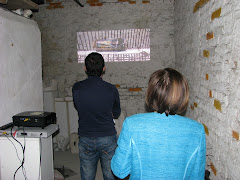














![exi[s]t>15 bulart](https://blogger.googleusercontent.com/img/b/R29vZ2xl/AVvXsEj67mt21mvAFC3VF_3QGzADB-5ZJJLBOlefD6Y8pi5z2e6HTMZztaHCi08vSOJ39mER-PcUmXUyHBnc-dMAq1t6MQe8reeNnIkyGKauFhd88y3NSvcsTLRlB1EdJQrefHryZQxK6-eDTvM/s240/buffet.jpg)
![exi[s]t>15 bulart](https://blogger.googleusercontent.com/img/b/R29vZ2xl/AVvXsEjuEe0w0gLW9nkOXAPGHqtkn89laZeWaQoLwvH2WVTEinKMw5RfqWwzcAkl1Ep27R6j1aYRF4BkiMX_juuZnGDNHyoHRCd65KHsXMg_Z_a3-tLG4OpCSHOlsj5hsPsh_htA6DEegu-Ubic/s240/P8250003.jpg)
![exi[s]t >15 bulart](https://blogger.googleusercontent.com/img/b/R29vZ2xl/AVvXsEg_O-oTzQ29LIVymZGSJUzpJCQYiu6VEztB6VkUPJmKb2VN5bRGpbURyj3-2M3Zz5JGtRjgwY_tr4qC-K21d5pKAzHZn9gYhbw2Vk7CPxb5unRin_828kpxYnzJbDa2Gkx6U1PFw2q1NDI/s150/P8250077.jpg)





















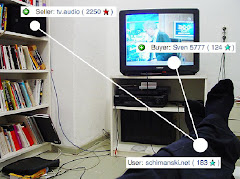














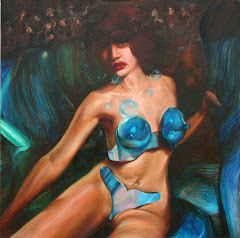





















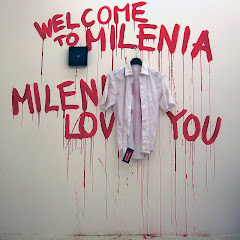

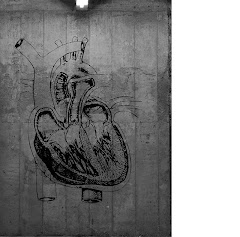







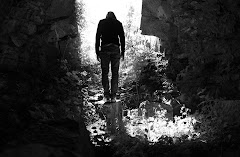



No comments:
Post a Comment